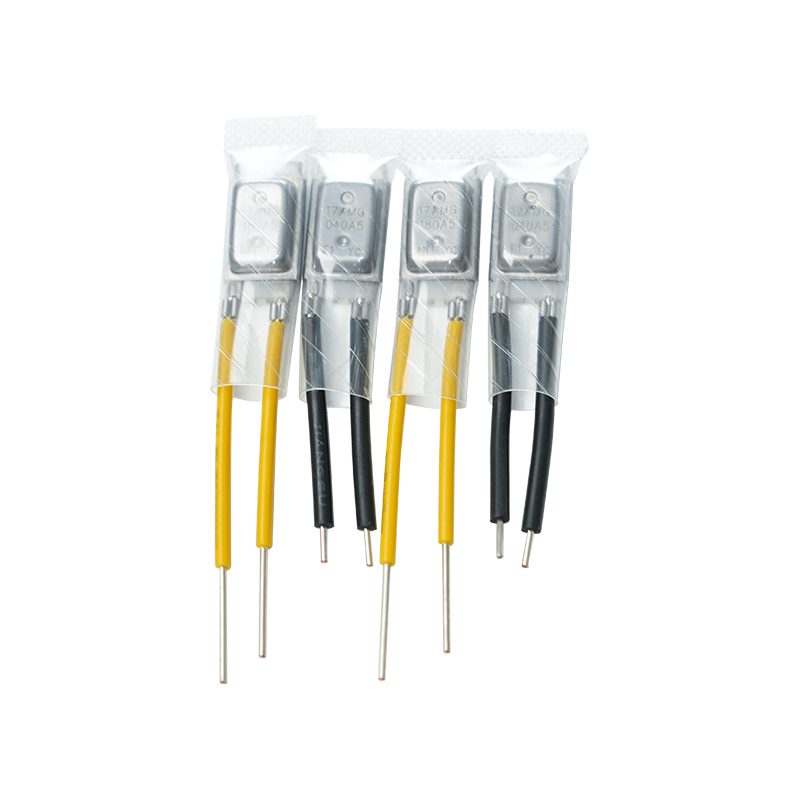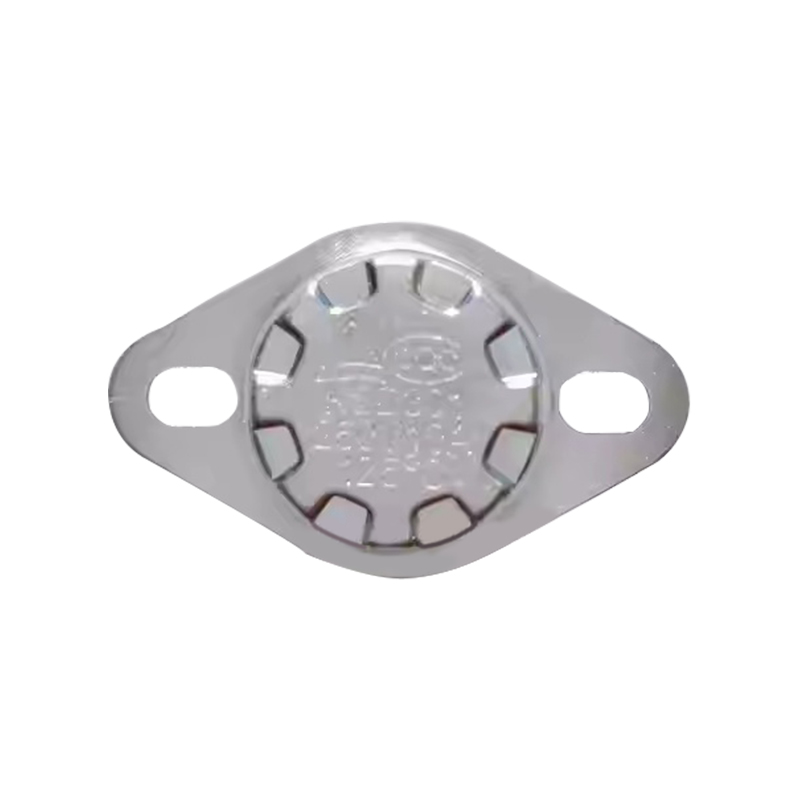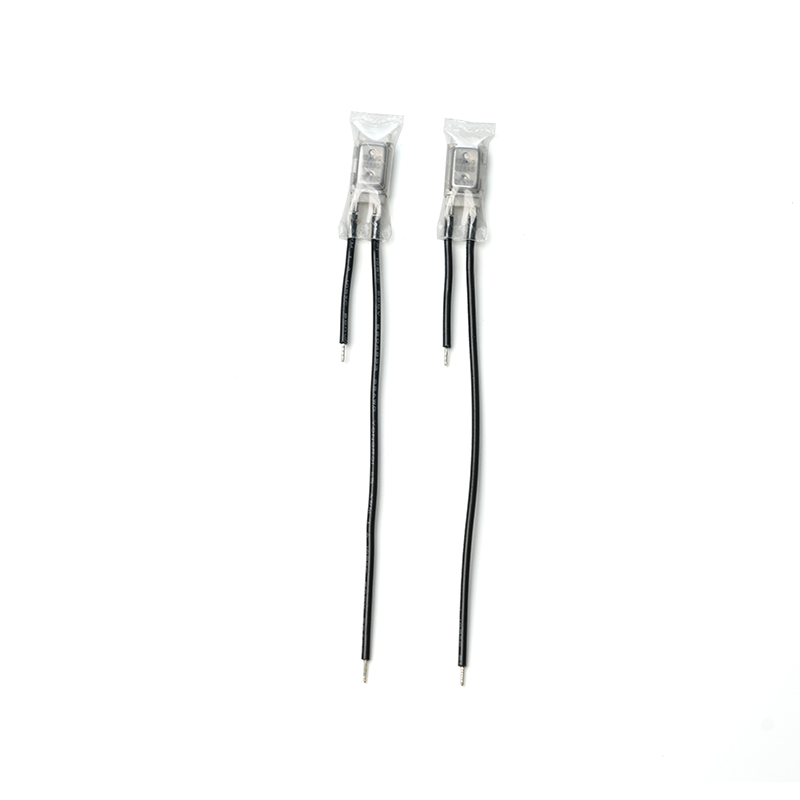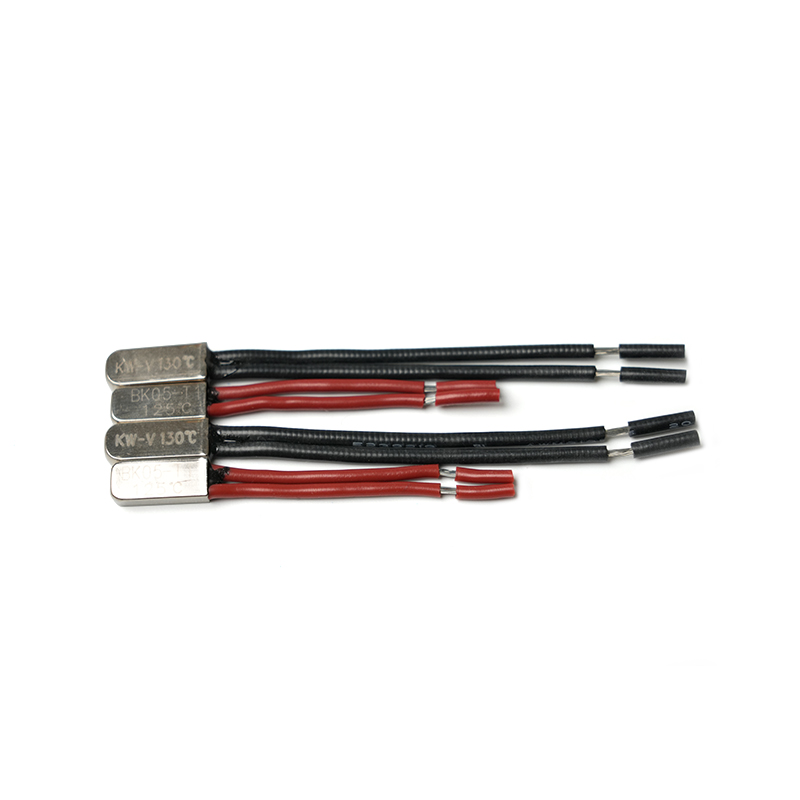Thermal overload protector: the "safety guard" of electrical equipment

In modern electrical systems, safety and reliability are the core goals of design and operation. In order to prevent equipment damage or even fire accidents caused by excessive current or long-term overload, thermal overload protector (Thermal Overload Protector) has become an indispensable key component. It provides important protection functions for motors, household appliances and industrial equipment by monitoring current changes and cutting off the circuit in time. This article will explore the working principle, main types, application areas and future development trends of thermal overload protectors in depth.
Unlike traditional fuses, thermal overload protectors have a resettable function and can be put back into use after troubleshooting without replacing parts. This feature makes it particularly suitable for equipment that needs to be started and stopped frequently.
Working principle of thermal overload protector
The core working principle of thermal overload protector is based on thermal effect. The following is its main working process:
Current induction
When current flows through the device, the heating element (usually a bimetallic strip or resistance wire) inside the thermal overload protector senses the change in current. If the current continues to exceed the set value, the heating element will generate heat.
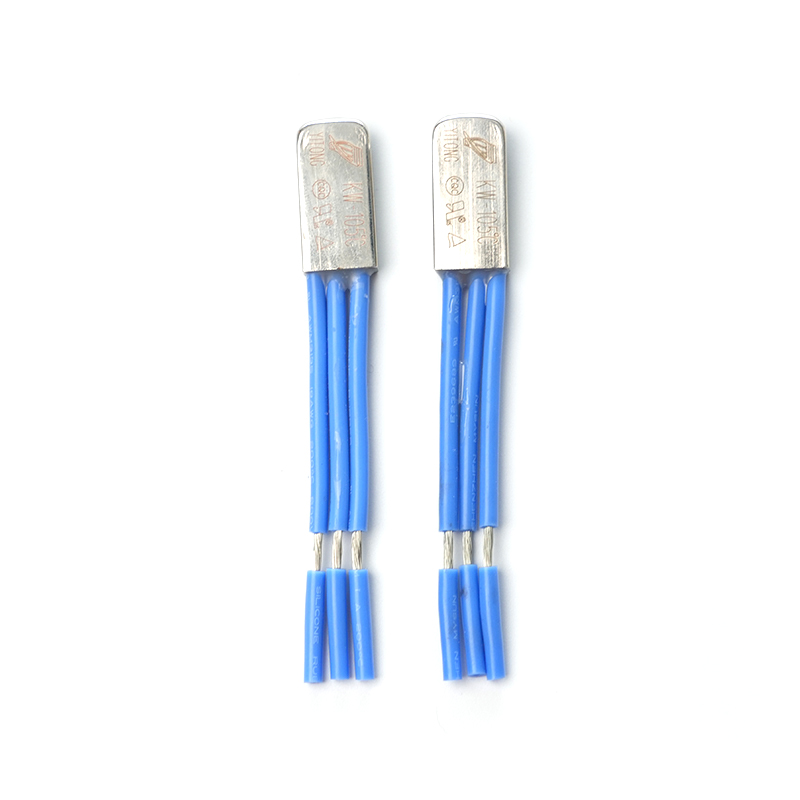
Bimetallic strip deformation
In most thermal overload protectors, the bimetallic strip is a key component. When the temperature rises to a certain level, the bimetallic strip bends due to the different expansion coefficients of the two metals, triggering the disconnection mechanism.
Circuit cutoff
The deformation of the bimetallic strip causes the contacts to separate, thereby cutting off the circuit and stopping the flow of current. This action can effectively prevent the equipment from being damaged by overload.
Manual or automatic reset
After the fault is eliminated, the thermal overload protector can restore the circuit connection through a manual button or automatic reset function to put the equipment back into operation.
Main types of thermal overload protectors
Depending on the structure and application scenarios, thermal overload protectors can be divided into the following main types:
Bimetallic strip protector
This is the most common type of thermal overload protector and is widely used in motor protection. Its simple and reliable design enables it to adapt to various environmental conditions.
Electronic protector
Electronic protectors use sensors and microprocessors to monitor current and temperature in real time, and use intelligent algorithms to determine whether the circuit needs to be cut off. This type of protector has higher accuracy and is suitable for complex industrial scenarios.
PTC thermistor protector
PTC (positive temperature coefficient) thermistors increase their resistance rapidly when the temperature rises, thus limiting the flow of current. This type of protector is commonly used in small household appliances and electronic devices.
Modular protector
The modular design allows users to select different protection parameters according to their needs and integrate with other control devices, which is suitable for large industrial systems.
Application areas of thermal overload protectors
Motor protection
Motors are the most common application objects of thermal overload protectors. Since motors generate large starting currents when they start, and long-term operation may cause overheating due to load fluctuations, thermal overload protectors can effectively extend the service life of motors.
Household appliances
In household appliances such as refrigerators, air conditioners, and washing machines, thermal overload protectors are used to prevent compressors or motors from being damaged by overload. For example, the protector in a refrigerator can automatically cut off the power supply when the compressor overheats to avoid burning.
Industrial equipment
In industrial automation production lines, pump stations, and fan systems, thermal overload protectors are used to protect key equipment from abnormal currents and ensure the continuity of the production process.
New energy field
With the popularity of electric vehicles and energy storage systems, thermal overload protectors also play an important role in battery management systems, used to monitor current and temperature changes during battery charging and discharging.
Building power distribution system
In commercial buildings and residential power distribution systems, thermal overload protectors can prevent fire risks caused by line overload or short circuit, and ensure personal and property safety.
Market trends and development prospects
With the rapid development of intelligent electrical equipment and green energy technology, the thermal overload protector market is ushering in new opportunities and challenges:
Intelligent upgrade
Future thermal overload protectors will integrate more Internet of Things technology to achieve remote monitoring and data collection, helping users to understand the status of equipment in real time and predict potential failures.
Miniaturization and high precision
As electronic products develop towards miniaturization, thermal overload protectors are also constantly shrinking in size, while improving response speed and accuracy to meet more complex application requirements.
Application of environmentally friendly materials
In order to reduce the impact on the environment, manufacturers are developing thermal overload protectors using recyclable materials and low-energy production processes.
Expansion in the field of new energy
In areas such as solar energy, wind energy and electric vehicles, the demand for thermal overload protectors will continue to grow, especially in high-voltage DC systems and fast charging equipment.
As an important part of the electrical system, thermal overload protectors play an irreplaceable role in ensuring equipment safety and extending service life. From household appliances to industrial equipment, from traditional motors to new energy systems, its wide application has proved its excellent value. In the future, with the continuous advancement of technology, thermal overload protectors will make greater breakthroughs in intelligence, environmental protection and multi-functionality, injecting new vitality into the sustainable development of the global electrical industry. Whether in terms of economic benefits or safety benefits, thermal overload protectors have shown great potential and are destined to occupy an important position in the future field of electrical protection.
 English
English